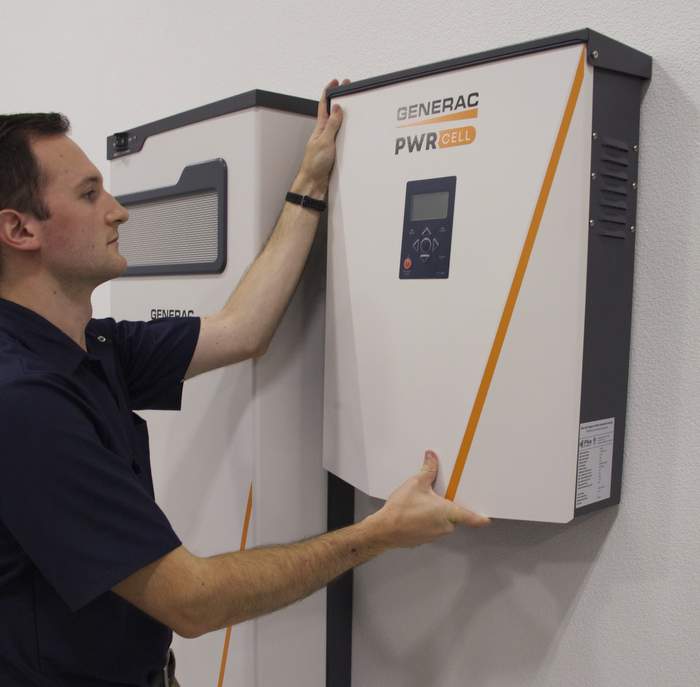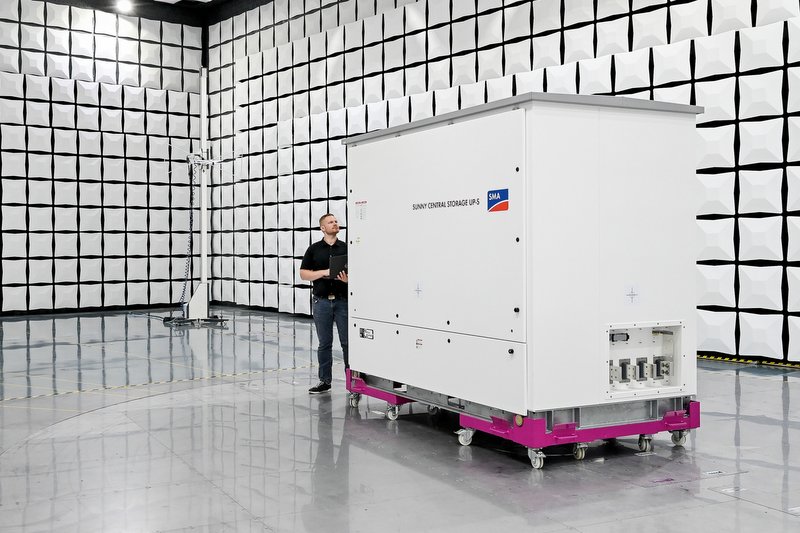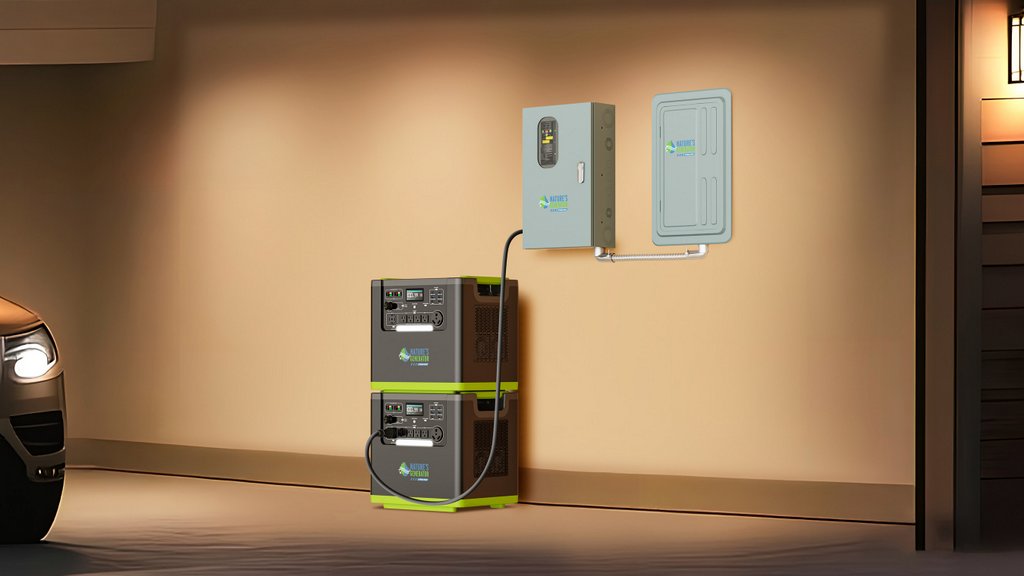Installer tip: DC-coupling avoids adding batteries customers won’t need

Many installers working with solar plus storage systems are quoting more equipment than the customer really needs for their home. The result is that they can price themselves out of a bid, or their customer unfortunately buys more capacity than they can use, wasting their money and resulting in a poor customer experience. Solar integrators have an opportunity to sharpen their quotes and bid higher-performance systems at more competitive prices when they better understand the principles of DC-coupled storage and load management.
In many solar plus storage architectures, solar and battery capacities are connected via a 240V AC interface. This familiar power format, limitations and all, is easy to understand: the integrator just needs to match array power to inverter power to battery power. Of course, mismatches are common, which can lead to system losses and/or unexpected behavior. In an AC-coupled solar plus storage system, when array capacity is greater than the battery charging capacity, the AC-coupled battery may frequency-shift the array out of commission during a daytime outage to protect itself. This feature leaves the home running, but only on stored battery power while “excess” solar power is artificially made unavailable. This is an undesirable condition during a grid excursion.
The solution is the problem: Integrators will add more AC-coupled batteries just to avoid this behavior, not because the customer needs more power or capacity.
A DC-coupled solar + storage system avoids these issues. Array power will be throttled in real-time to match loads and conserve battery energy during an outage. A modular DC-coupled solar + storage system with load management allows an installer to right-size battery power and energy to match the largest, highest priority loads in the home, and to keep all the essentials running for the desired length of time (sans grid).
Jeremy Niles is marketing manager of Clean Energy Solutions at Generac.





Comments are closed here.